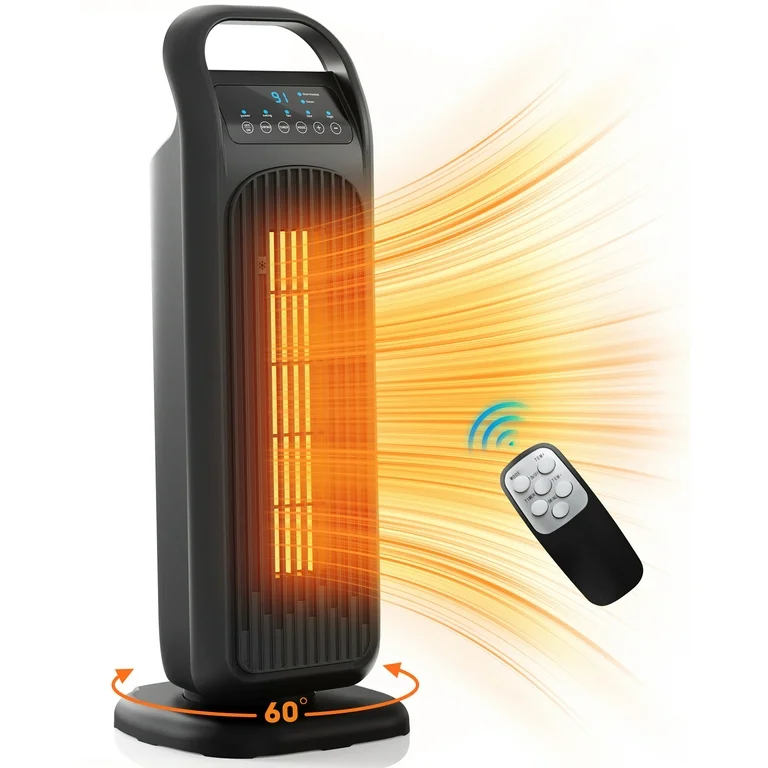1 Source Portable Air Can Be Fun For Anyone
Some Known Factual Statements About 1 Source Portable Air
Table of Contents1 Source Portable Air Fundamentals Explained9 Simple Techniques For 1 Source Portable AirSee This Report on 1 Source Portable AirThe Main Principles Of 1 Source Portable Air 1 Source Portable Air Fundamentals Explained
Running costs are based on an electricity price of 40c/kWh. The prices for 3 months' use in winter months are based on 500 hours use, or around 6 hours per day for three months. Optimum warm result is based upon the maximum wattage of the designs we've tested (we concentrate on greater electrical power heaters).
On average, small follower heaters are much less costly to purchase, but can have higher running expenses. Oil column heating systems will be the most inexpensive on the market to run (on standard) but only by a narrow margin ahead of convection heating systems (like panel and micathermic panels).
10 Simple Techniques For 1 Source Portable Air
If you have a reversible ceiling fan, it'll help spread the warmth around the space a lot more uniformly. A number of costly heaters have actually fallen short to thrill our testers, while some less expensive designs make for surprisingly excellent buys.
As the name suggests, they emit heat from a red-hot heating element (so the household will have to take turns sitting in front of it). Glowing heating systems are reasonably economical.
Radiant heaters usually set you back in between $20 and $200. Oil-filled column heaters do not in fact burn oil they use electrical energy to warm the oil that's secured inside their columns or 'fins'.
The 3-Minute Rule for 1 Source Portable Air
Some column heating systems aren't also oil-filled however instead make use of other material or heating technology to work similarly - 1 Source Portable Air. The danger of fire with an oil column heating unit is low compared to other heater kinds, but never absolutely no. Oil heating systems don't have actually revealed components like radiant heating systems do, and their surface temperature is less than many other heating unit kinds (their large surface area makes up for it)
Oil column heaters will not explode, and while they do not burn their oil to produce heat, it's still combustible, so there is a fire risk if the oil leakages, if the heater topple and leaks, or if flammable objects or textile come into call or fall on the heating system. You must work out the exact same level of caution with oil heating systems as for various other heater kinds, and never ever hang towels or clothing over one to completely dry them use a drying out shelf instead, at the very least one metre away.
Column heating units are particularly beneficial in spaces where they'll be turned on for extended periods of time or where they'll run unattended, such as overnight in a room. The surfaces you're likely to discuss a column heating system don't get as warm as various other try these out kinds of electric heaters. You can utilize a ceiling follower on very low speed to help the column heater to disperse the warm quicker and more uniformly.
Oil-filled column heating units generally set you Check This Out back in between $50 and $450. Convection and panel heating systems draw cool air over an electrical home heating aspect.
The Best Strategy To Use For 1 Source Portable Air

Convection and panel heating systems are a lot more portable than their oil-filled column heating unit counterparts due to the fact that they're dramatically lighter. Like a column heating unit, you can make use of a ceiling fan on really reduced rate to distribute the warm faster and a lot more evenly.

The 7-Second Trick For 1 Source Portable Air
Follower heating units are often smaller and extra mobile than other electric heating units. They additionally come in the type of tower follower heaters, which can be better for distributing warmth around bigger spaces due to their taller profile. They can heat up the air in a space extra quickly, evenly and rapidly than a few other heating unit kinds.
Follower heating units (ceramic or otherwise) generally cost in between $60 and $900. Ceramic follower heating units aren't necessarily any various in rate to non-ceramic designs.